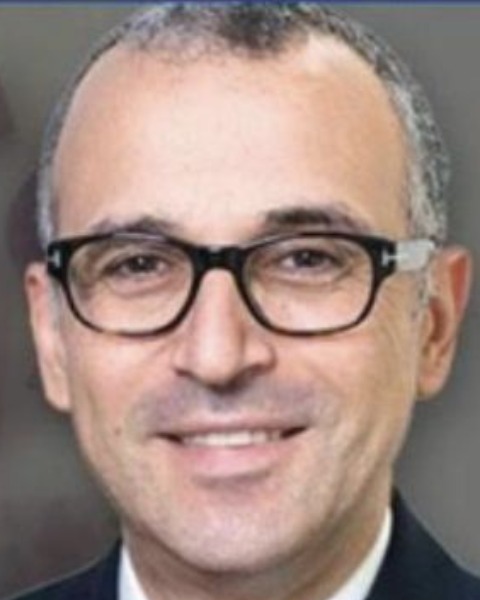Novel Apical Suspension of the Harvested Uterosacral Ligament, Experiences Study

Salwan Alsalihi, Dr (he/him/his)
Head of Pelvic Floor Unit
Royal Womens Hospital, Melbourne
Parkville, Victoria, Australia- MR
Mooska Raoofi, Fellow
Urogynaecology Fellow
Royal Womens Hospital, Melbourne
Melbourne, Victoria, Australia
Poster Presenter(s)
Co-Author(s)
Objectives: The NASHUS procedure is a novel technique for harvesting the uterosacral ligament and utilising it in apical prolapse surgery. It has been developed and studied within our unit over the past five years in cadaver studies which have proven it to be an effective for the treatment of apical POP with feasibility even in the setting of attenuated USLs. The technique involves harvesting the ligament then dissecting and dividing from their distal attachment to the cervix or upper vagina, leaving the sacral portion intact. Once the ligaments are harvested, two ‘leaves’ are created at the free end of the USL by incising it at the centre portion and the leaves are then attached to the anterior and posterior vaginal vault or cervix using interrupted delayed absorbable monofilament sutures. We are presenting our experience of this NASHUS technique in laparoscopic, and robot assisted laparoscopic surgery in patients with pelvic organ prolapse. We present data from 42 patients collated over a 14-month period. We focus on the surgical technique inclusive of videos, intraoperative considerations, and clinical outcomes at 6 months.
Methods: A cohort of 42 patients with symptomatic pelvic organ prolapse (stage 2-4) underwent laparoscopic or robotic uterosacral ligament suspension via the NASHUS technique in a single surgeon’s private practice setting. A retrospective audit was undertaken, and measures included operative time, intra-operative and post operative surgical complications, and C point at the 4 week and 6 month follow up. Recurrence and management were also noted.
Results: Of the 42 patients, 97% had a stage 2 prolapse or beyond. The average C point was -1. Concomitant hysterectomy was performed in 29 patients. There were no intraoperative complications. 25 patients have since completed their 6 month follow up. 24 patients had no recurrences at this point. There was 1 recurrence noted at 6 weeks managed with a repeat surgery and sacrocolpopexy at 6 months. There was 1 patient who suffered a DVT treated with Apixaban and 1 patient with vaginal pain at 6 months.
Conclusions: NASHUS safe and effective procedure with results at this short-term follow up in experiences study demonstrating high success rates with feasibility persisting even in the setting of attenuated USLs. As with any new procedure or technology, larger prospective clinical studies are critical to understanding the short and long-term efficacy and safety of the NASHUS procedure compared to traditional techniques. These ongoing insights will continue to improve our understanding and technical surgical advances of mesh-less prolapse surgery.
Methods: A cohort of 42 patients with symptomatic pelvic organ prolapse (stage 2-4) underwent laparoscopic or robotic uterosacral ligament suspension via the NASHUS technique in a single surgeon’s private practice setting. A retrospective audit was undertaken, and measures included operative time, intra-operative and post operative surgical complications, and C point at the 4 week and 6 month follow up. Recurrence and management were also noted.
Results: Of the 42 patients, 97% had a stage 2 prolapse or beyond. The average C point was -1. Concomitant hysterectomy was performed in 29 patients. There were no intraoperative complications. 25 patients have since completed their 6 month follow up. 24 patients had no recurrences at this point. There was 1 recurrence noted at 6 weeks managed with a repeat surgery and sacrocolpopexy at 6 months. There was 1 patient who suffered a DVT treated with Apixaban and 1 patient with vaginal pain at 6 months.
Conclusions: NASHUS safe and effective procedure with results at this short-term follow up in experiences study demonstrating high success rates with feasibility persisting even in the setting of attenuated USLs. As with any new procedure or technology, larger prospective clinical studies are critical to understanding the short and long-term efficacy and safety of the NASHUS procedure compared to traditional techniques. These ongoing insights will continue to improve our understanding and technical surgical advances of mesh-less prolapse surgery.
